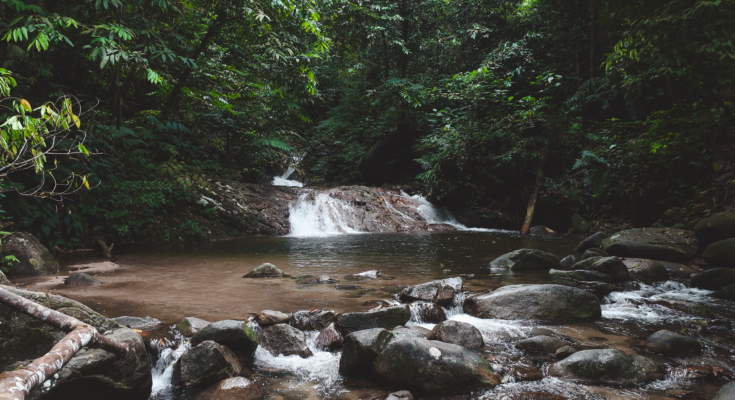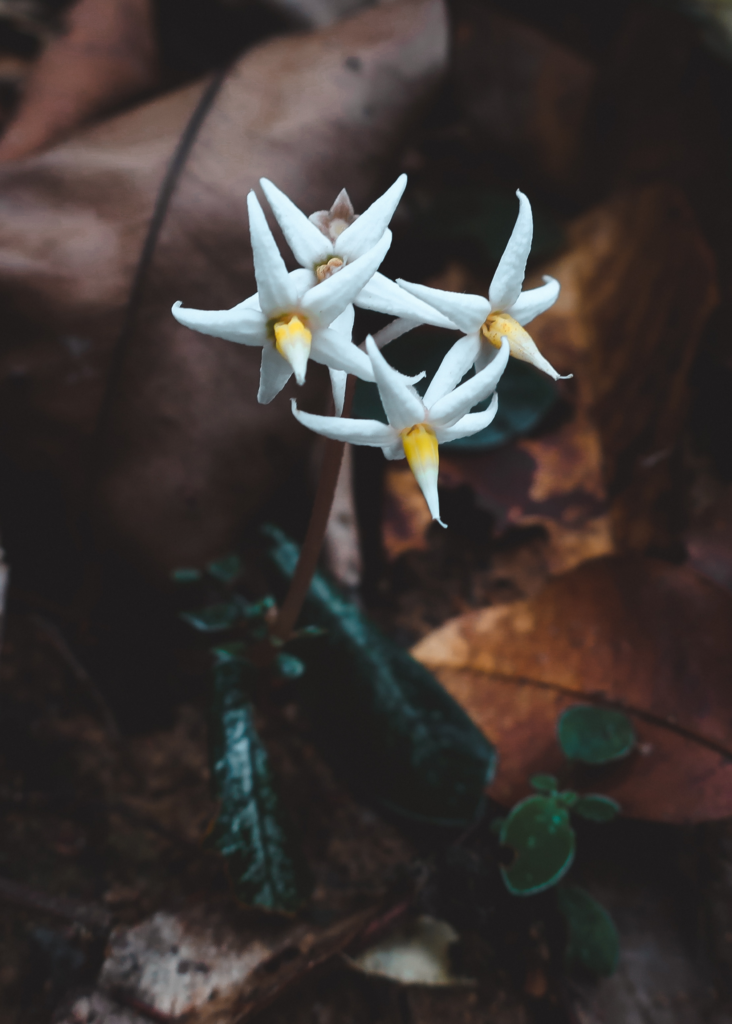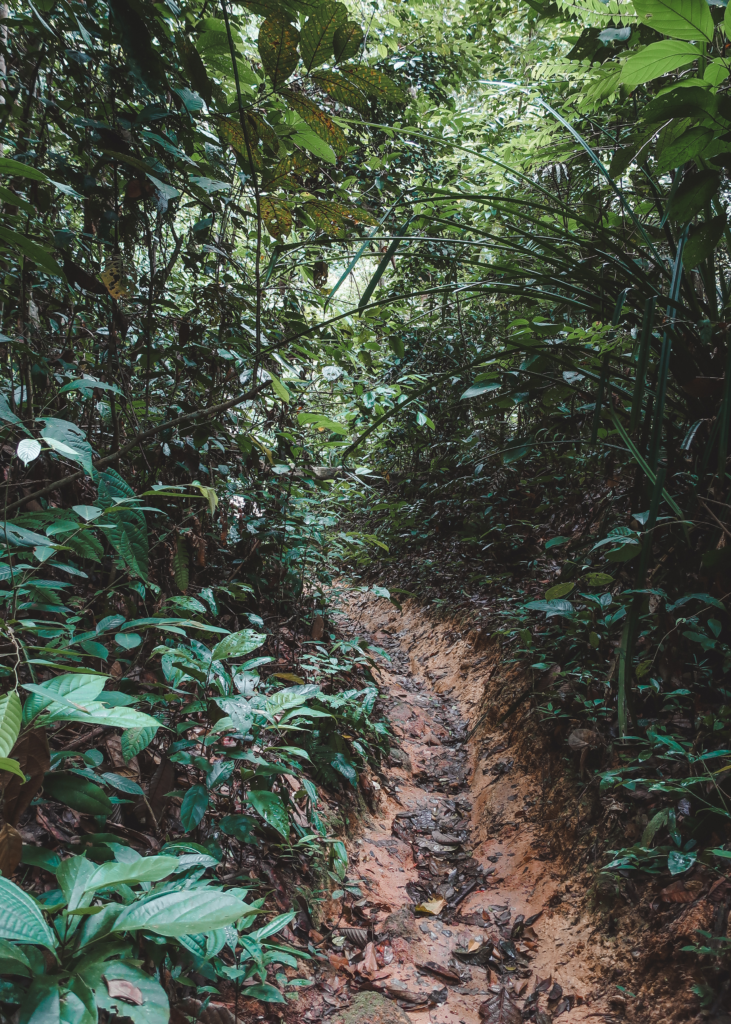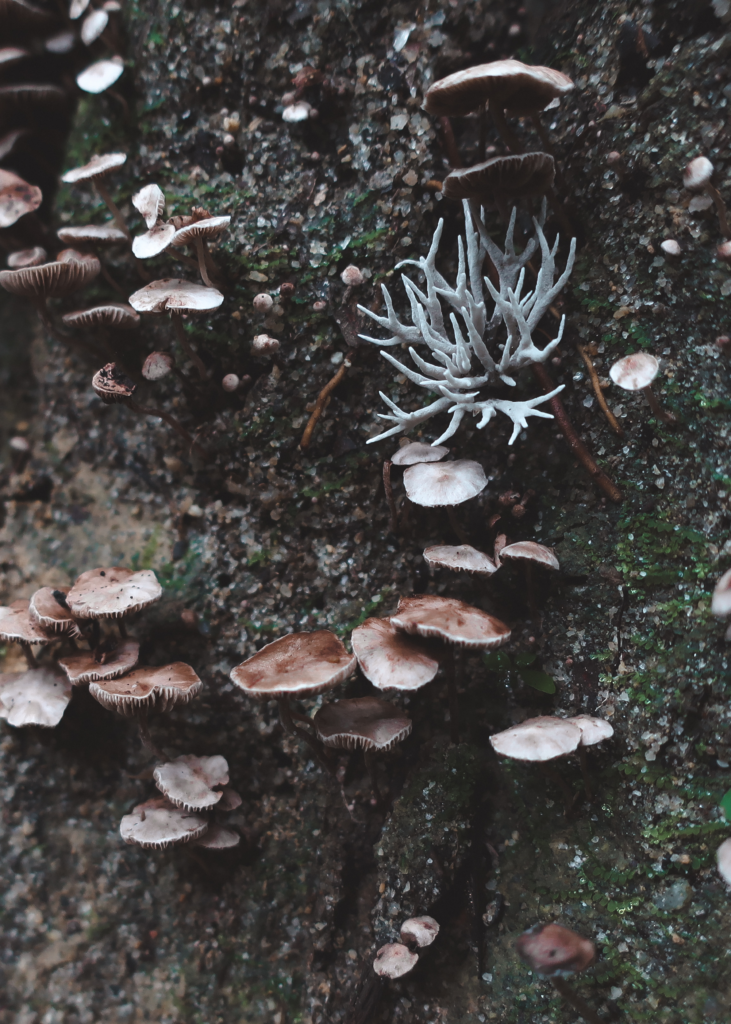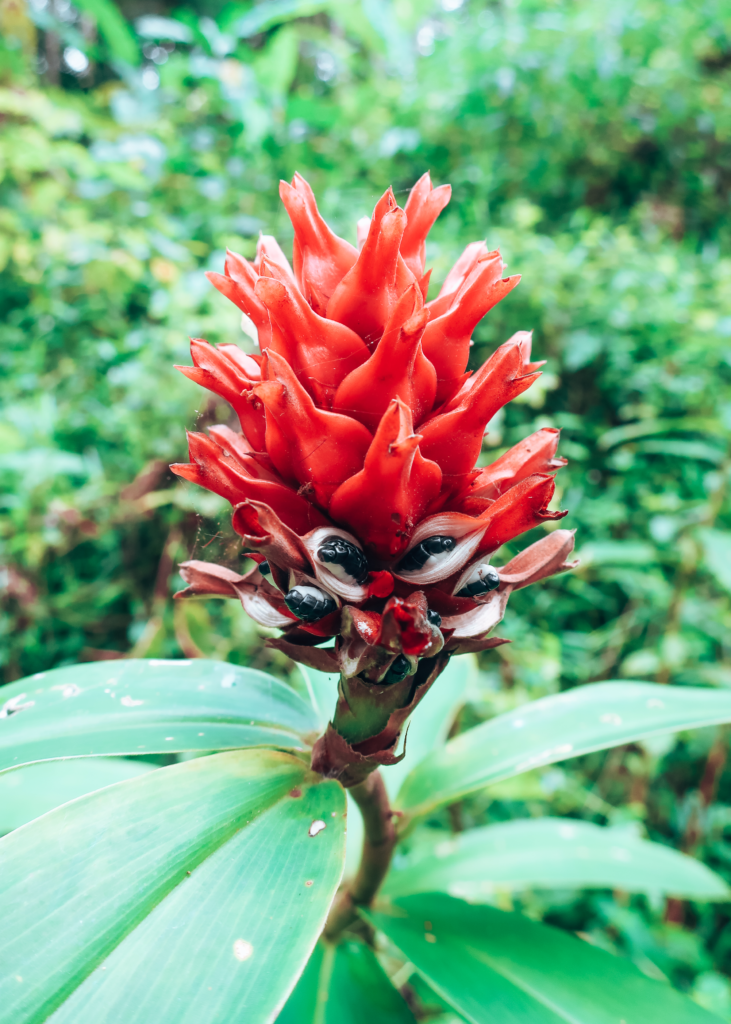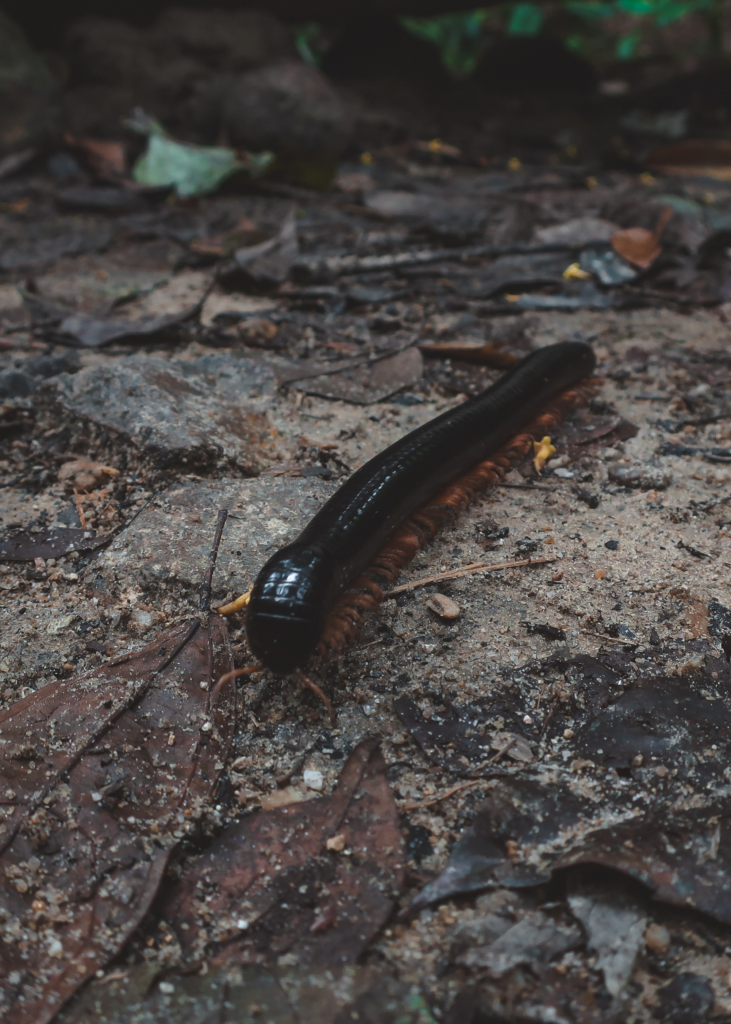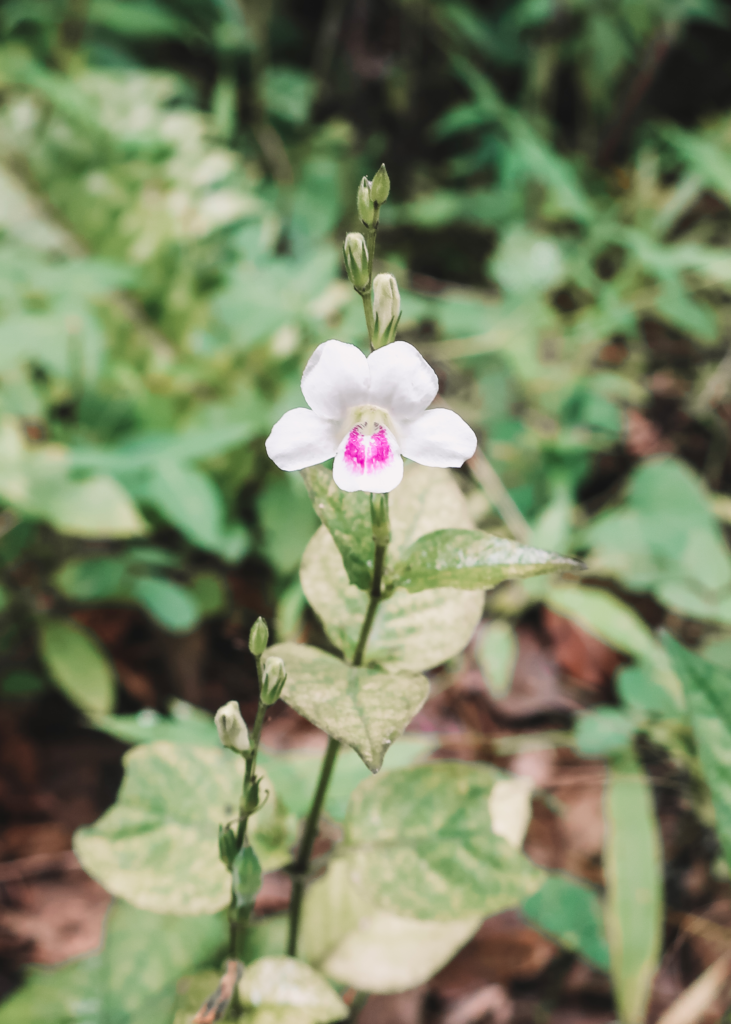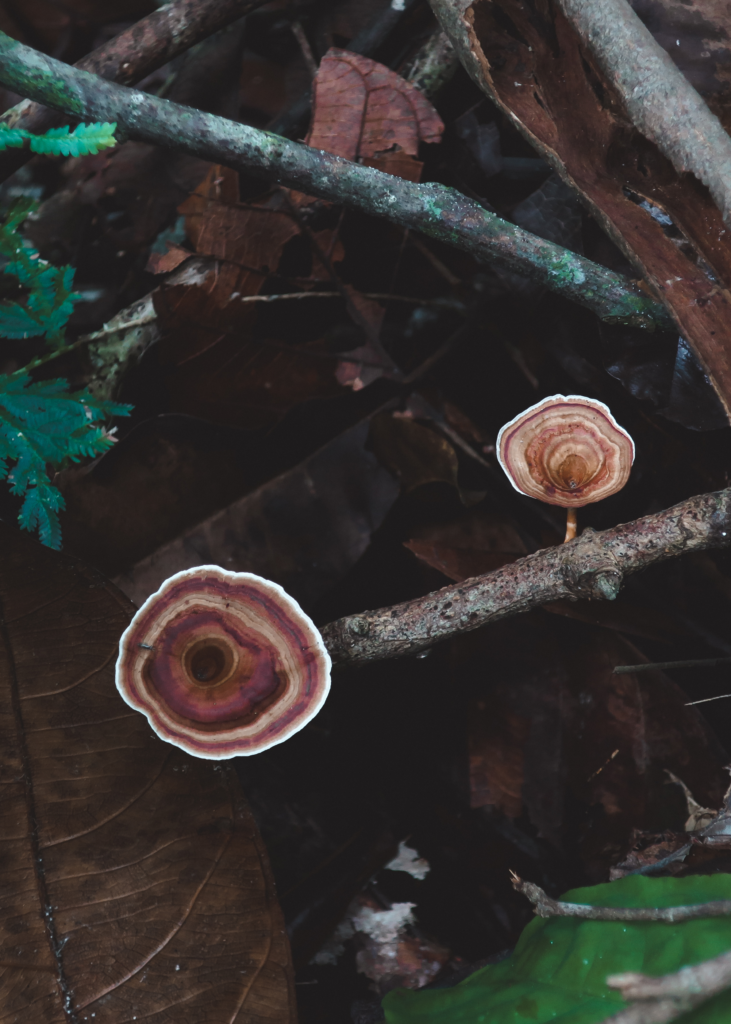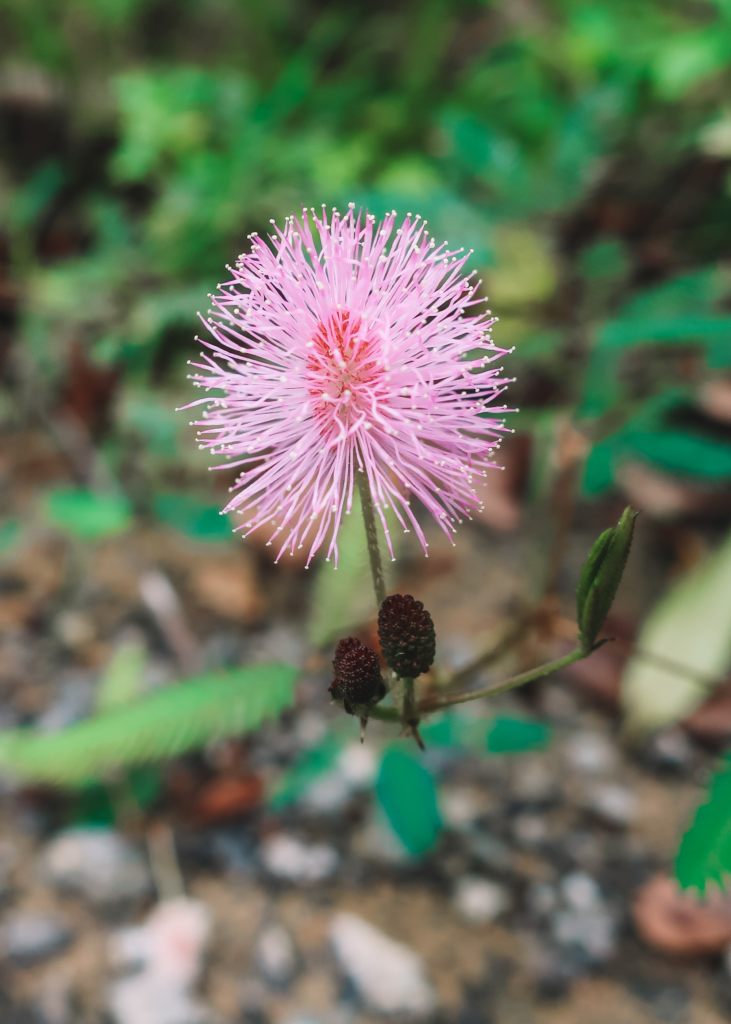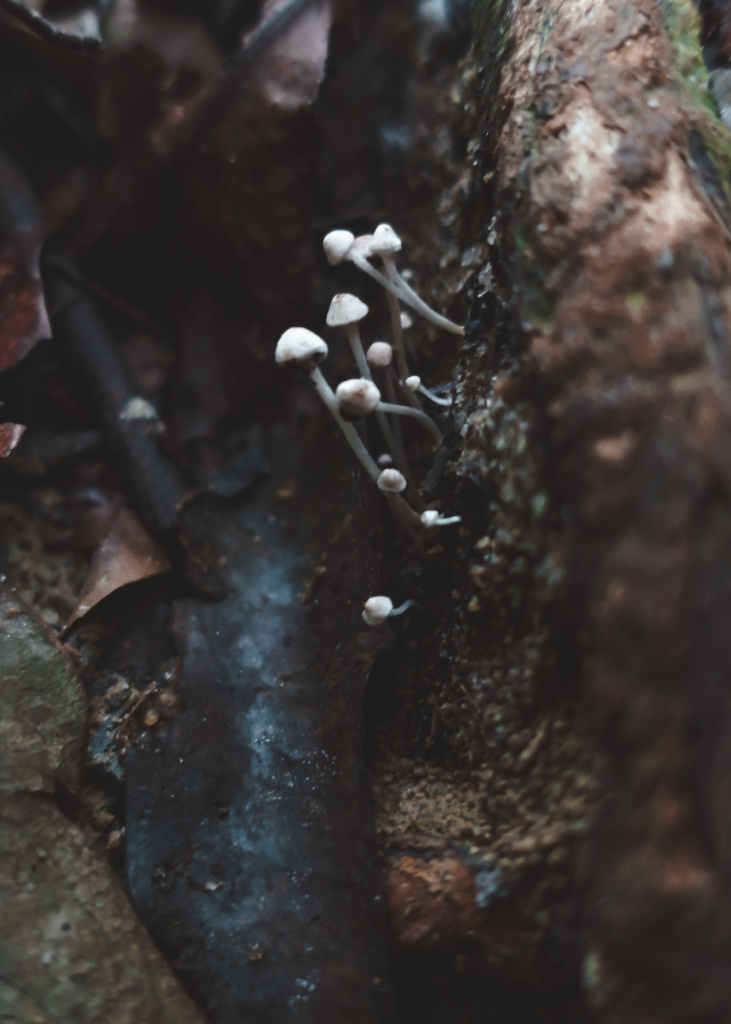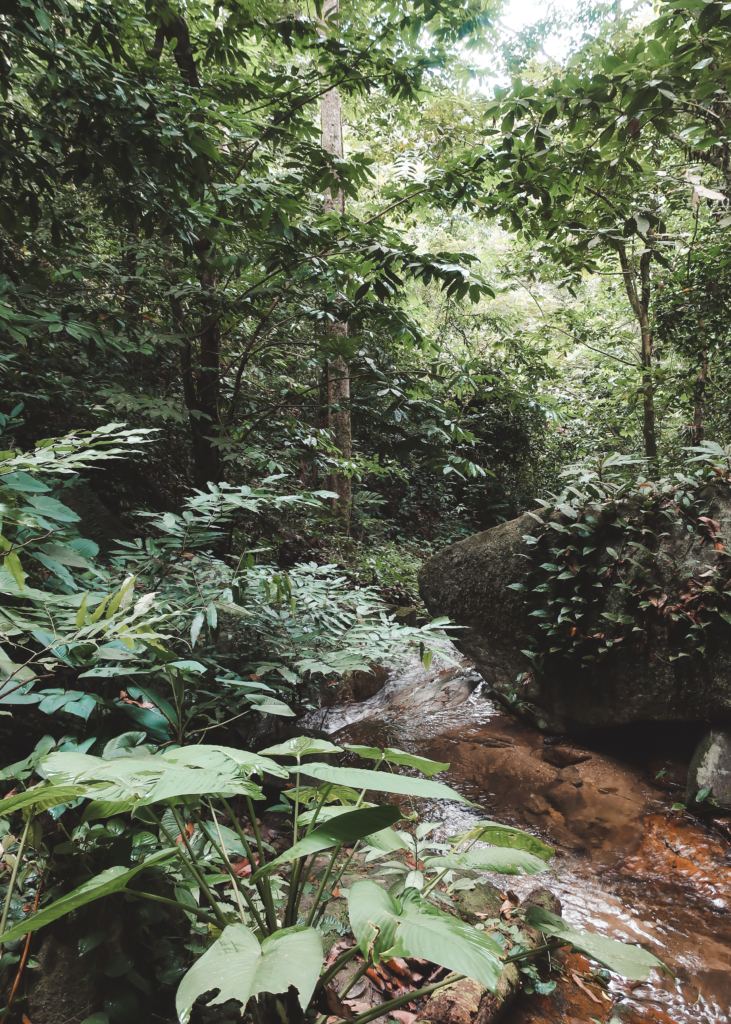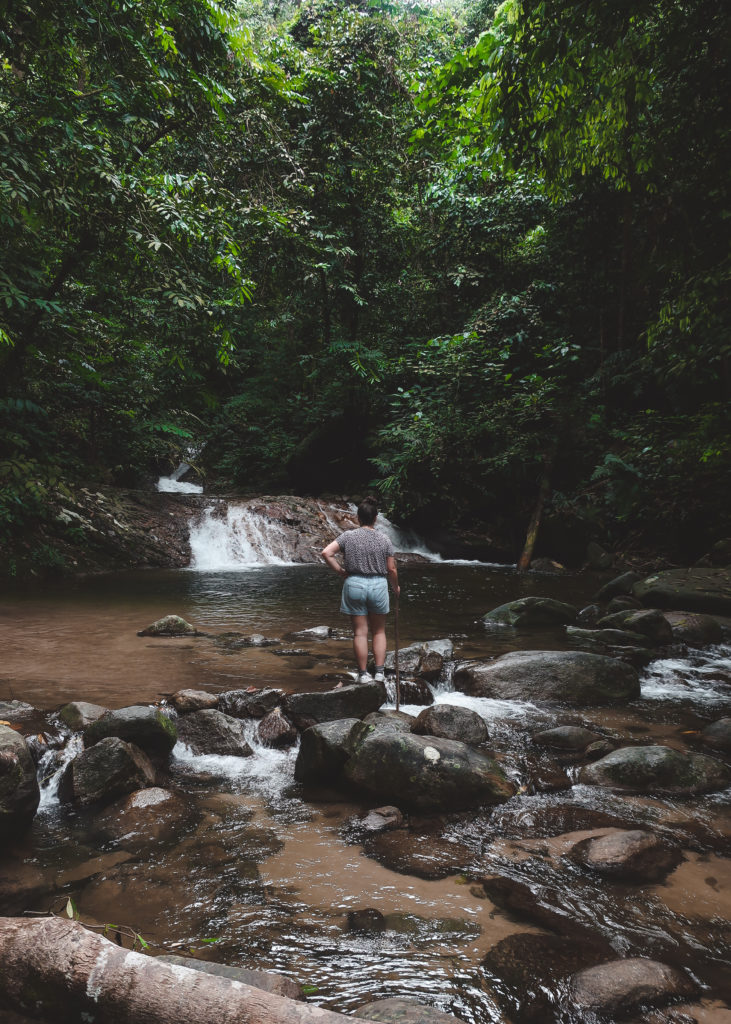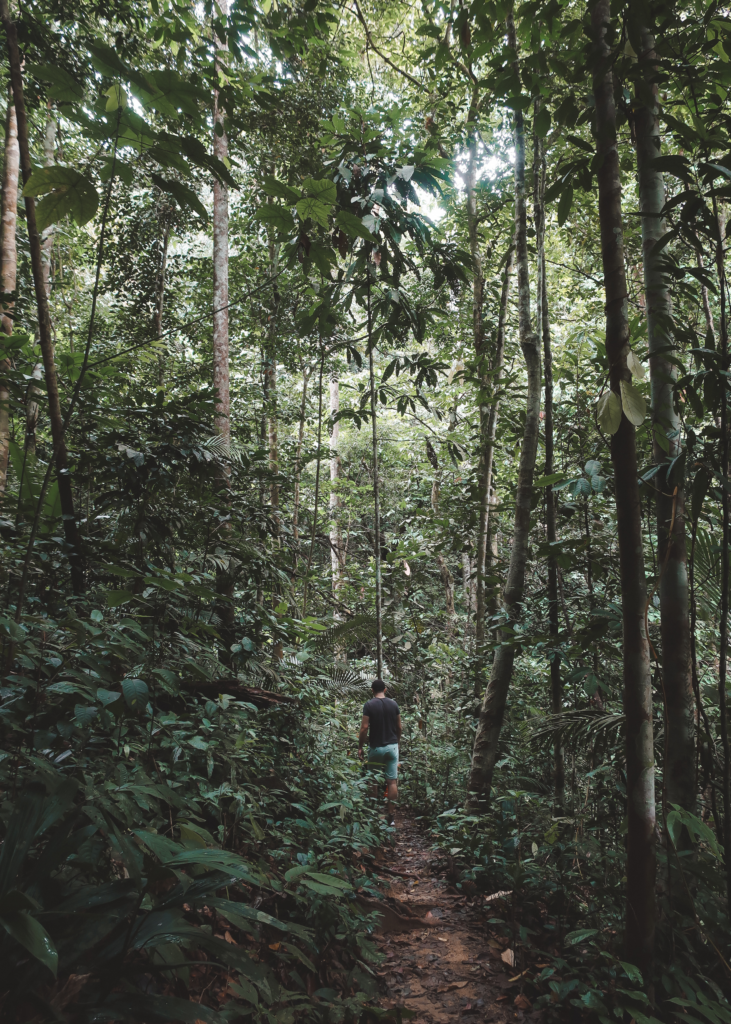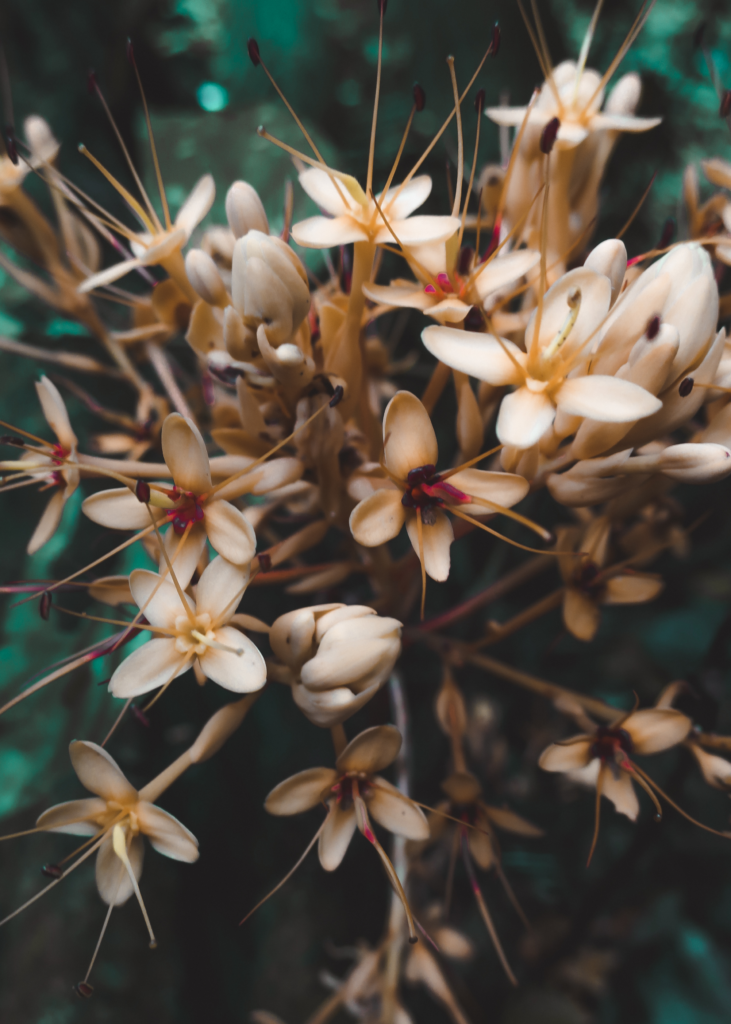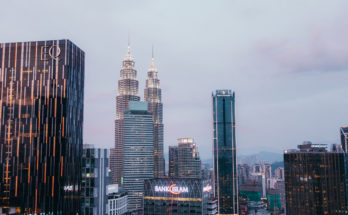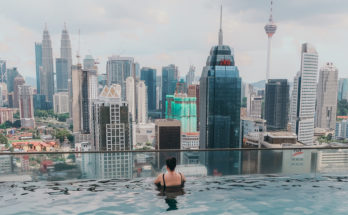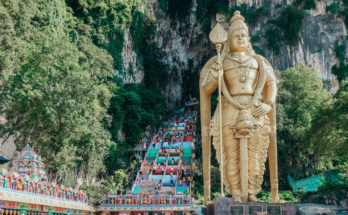A visit to Malaysia would not be complete without exploring some dark green rainforests and being less than 2 hours drive from central Kuala Lumpur, the Berembun rainforest is the perfect place for escaping the hustle and bustle of the city and reconnecting with nature.
The Berembun Forest Reserve lies within the Malaysian state of Negeri Sembilan and sits on the outskirts of Seremban – a small city with a population of just over 600 000. Covering over 4000 acres of virgin rainforest, Berembun was officially made a protected forest reserve in 1910 as it benefits from a high average annual rainfall and is still today one of Seremban’s most important water catchment areas.
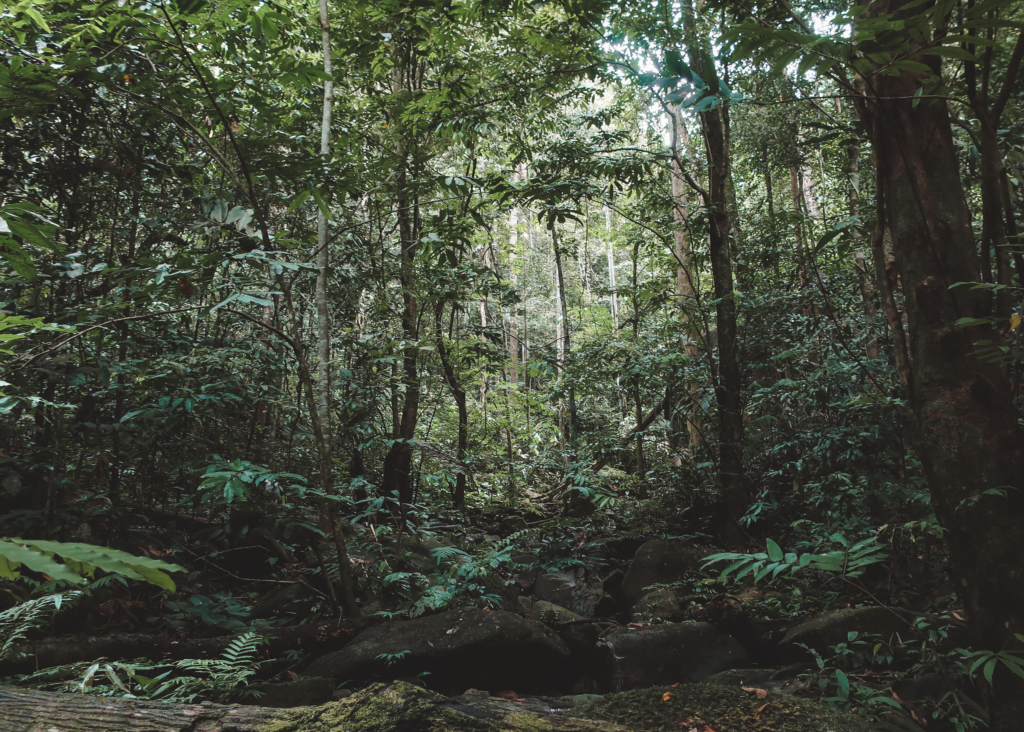
As with all rainforests, venturing into the dark deep green all by yourself is not advised. Many of the lodges, hotels and forest retreats built on the Berembun’s doorstep offer guided walks and even overnight camping trips. As we were staying at The Dusun, a small eco resort and durian farm only a 20 minute walk from the official forest reserve entrance, we got to experience all the delights and surprises of the rainforest under the watchful eye of an experienced guide. If you would like to read more about The Dusun and how to book your stay, please click here.
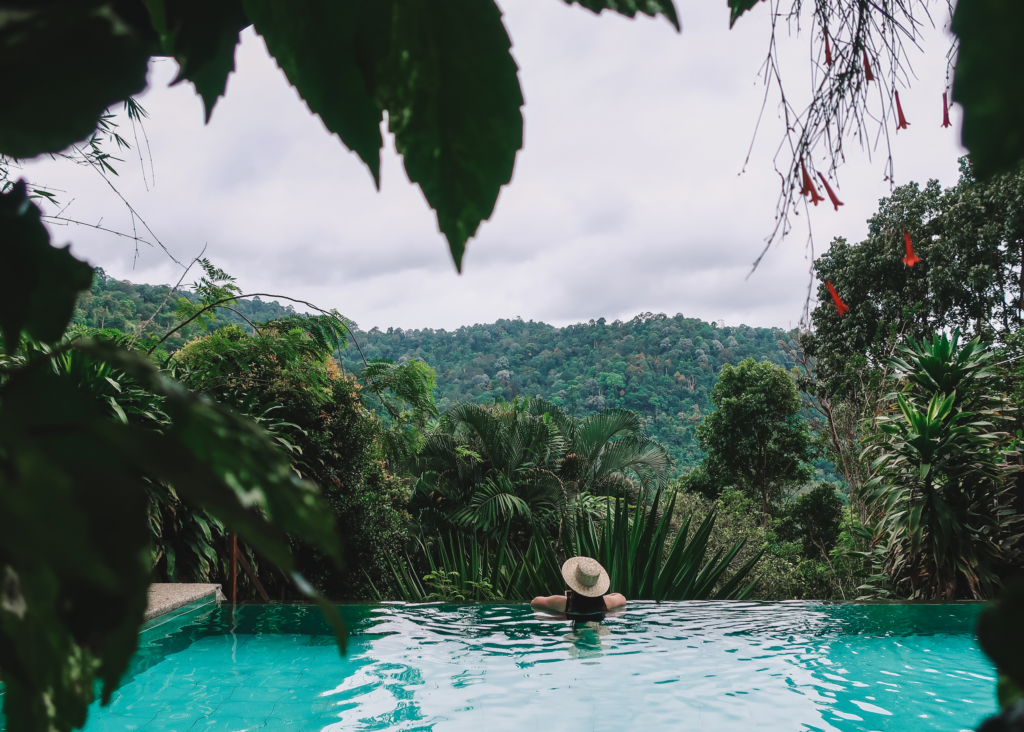
Before you even think about setting foot in the reserve, cover every inch of yourself in eco-friendly insect repellent as mosquitoes in the Berembun Forest Reserve are very, very thirsty. The paths, streams and rivers are also crawling with leeches, so wear long socks and check your legs regularly. Even though they are absolutely disgusting and almost impossible to get off, they are harmless for the most part. Pack at least 2 liters of water to replace everything you will be sweating out and wear sensible hiking boots or trainers as it is muddy, slippery, hilly and generally ankle breaker territory. Lastly, pack your camera, even if it is rainy and you need to wrap it in a plastic bag. The rainforest is decorated with the most fantastic details and you are going to want to capture the unique fauna and flora of this area.
Once inside the reserve, almost invisible and completely overgrown footpaths lead you further into the muddy abyss. Keep talking to a minimum and walk as quietly as you can to give yourself the best chance to spot some local forest residents, including white handed gibbons, macaques, wild boars, lesser mouse deer, tapirs and little common tree shrews jumping high up between the branches. Due to deforestation in the surrounding area and general urbanisation, Malayan tigers, currently listed in the IUCN Red List as Critically Endangered, have sadly not been seen in the Berembun Forest Reserve for many years.
Up in the tall trees, Berembun is also home to hundreds of bird species, but non as vocal as the Asian Koel. Ferns, flowers and other flora cover the forest floor and keep your eyes open all the times for frogs, bats, butterflies, millipedes and even snakes! The forest floor is literally teeming with creepy crawlies waiting to be unearthed, inspected and photographed. Naturalists and researchers have in recent years flocked to this largely unexplored rainforest with the hopes of discovering new and exciting species.
One of the most popular treks in the Berembun rainforest leads hikers past brooks trickling down the mossy slopes, over small rivers via fallen tree trunks, over large granite boulders and finally to a tiered waterfall where the Batang Penar river gushes into a large rock pool where you can swim and explore under the lush rainforest canopy. You can also hike to the wreck of a British Royal Air Force aircraft that crashed in the forest in 1945 or make the incredible effort to hike to the summet of Gunung Berembun at 1014m above sea level.
Pristine for the most part, Berembun Forest Reserve has sadly not escaped the hand of man. Plastic bottles, sweet wrappers, broken hiking boots and a few lost socks dot the forest floor and guides are both picking up litter as well as asking visitors to respect the area and to only leave footprints. Illegal logging and general deforestation are other serious threats to the area. Thousands of hectares of virgin rainforest is cleared every year to make room for plantation ‘forests’ where mono-culture estates of rubber, latex, durian and oil palm are grown.
Note: All details are correct at the time of publication. Please check with local tour operators or guides regarding hiking tours in the reserve, as it may close during certain times of the year. I hope this guide helps you explore the breathtaking natural beauty of this rainforest and if you would like to see more pictures of my travels, follow me on Instagram at @luzanne_f.

